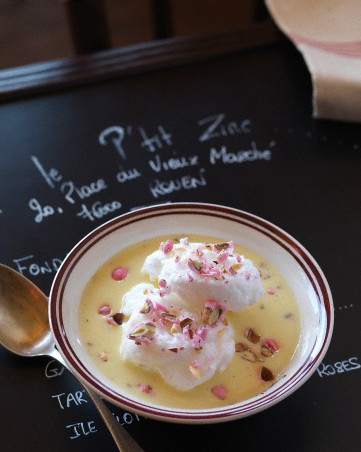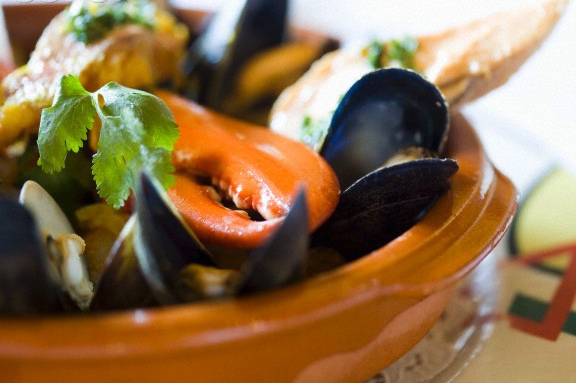sadly this week we say goodbye to our French series. We hope you enjoyed it as much as we did while researching and picking some of the most interesting recipes of the French cuisine. To conclude this journey and to reward you from being such a great supporter and follower, we would like to present you a little treat, the French Macarons.
French Macarons are smooth, egg based, almond flavored, cookie-shaped meringues filled with jams, buttercream or ganache. The shells are incredibly soft and airy that melt in your mouth, while the cream makes it chewy and..yes, quite addicting!
The origin of macarons seems to be contended between France and Italy, where they appeared in the 18th century, probably forwarded by a French Carmelite monastery during the revolution. Someone attributes their origin to Catherine de Medici. It’s even told that her granddaughter in Nancy, France, survived starvation thanks to the macarons. Later they were also served in the Versaille Court in Paris to the royalty, a fact probably contributed to make them popular in the 1830s. Today they are famous thanks to the patisserie Laduree, known all around the world for their delicious treats. Each season they create a new flavor, as they use different ingredients for their filling based on the availability of the season.
If you wish you were in Paris but cannot afford the trip, then bring Paris into your home with this delicious macarons recipe!
Ingredients (for about 16):
for the meringue:
1 1/4 cups plus 1 teaspoon confectioner sugar
1 cup finely ground sliced, blanched almonds
6 tablespoons fresh egg whites (from about 3 extra-large eggs)
Pinch of salt
1/4 cup granulated sugar
for the filling:
3 large egg whites
1 cup sugar
1 cup (2 sticks) unsalted butter, at room temperature, cut into pieces
Preheat the oven to 350 degrees. In a medium bowl, whisk together confectioners’ sugar and ground almonds. In the bowl of an electric mixer fitted with the whisk attachment, whip egg whites with salt on medium speed until foamy. Increase speed to high and gradually add granulated sugar. Continue to whip until stiff glossy peaks form. With a rubber spatula, gently fold in the confectioners’ sugar mixture until completely incorporated.
Line baking sheets with parchment paper; set aside. Fit a pastry bag with a 3/8-inch #4 round tip, and fill with batter. Pipe 1-inch disks onto prepared baking sheets, leaving 2 inches between cookies. The batter will spread a little. Let stand at room temperature until dry, and a soft skin forms on the tops of the macaroons and the shiny surface turns dull, about 15 minutes.
Bake, with the door of the oven slightly ajar, until the surface of the macaroons is completely dry, about 15 minutes. Remove baking sheet to a wire rack and let the macaroons cool completely on the baking sheet. Gently peel off the parchment. Their tops are easily crushed, so take care when removing the macaroons from the parchment. Use immediately or store in an airtight container, refrigerated for up to 2 days or frozen for up to 1 month.
While baking, you can make the filling.
In the bowl of an electric mixer, whisk egg whites and sugar. Set mixer bowl over a saucepan of simmering water and heat mixture, whisking often, until it feels warm to the touch and sugar is dissolved, 3 to 5 minutes.
Transfer bowl to the mixer, and fit with the whisk attachment. Whip on high speed until mixture is stiff and shiny, 3 to 5 minutes. Add butter, one piece at a time, and continue mixing until butter is thoroughly incorporated. The filling can be kept, covered and refrigerated, up to 1 week. Bring to room temperature before stirring. You can add finely ground fruit to it or mix in some flavored jam.
Fill a pastry bag with the filling. Turn macaroons so their flat bottoms face up. On half of them, pipe about 1 teaspoon filling. Sandwich these with the remaining macaroons, flat-side down, pressing slightly to spread the filling to the edges. Refrigerate until firm, about 1 hour.
(Recipe by Martha Stewart Recipes)
~ENJOY!





